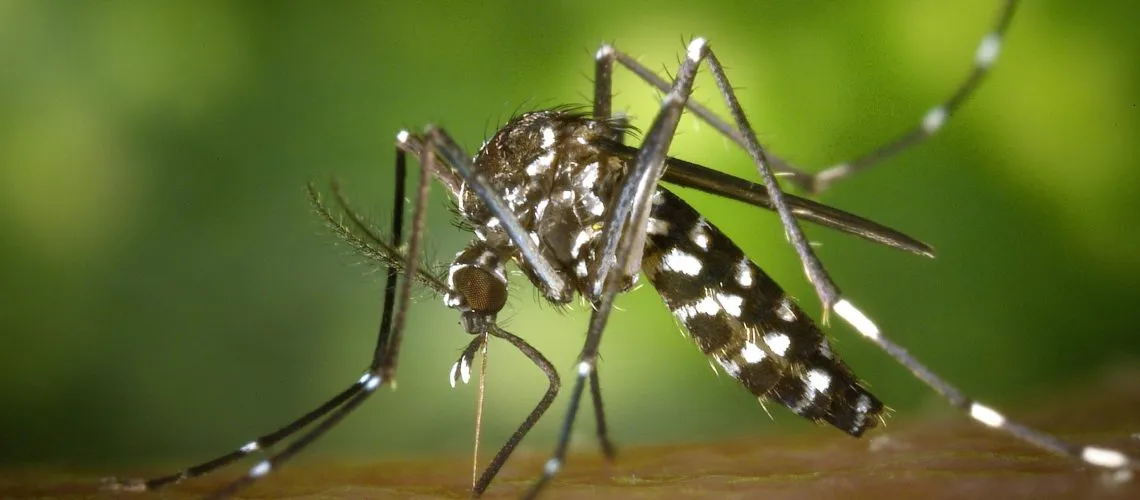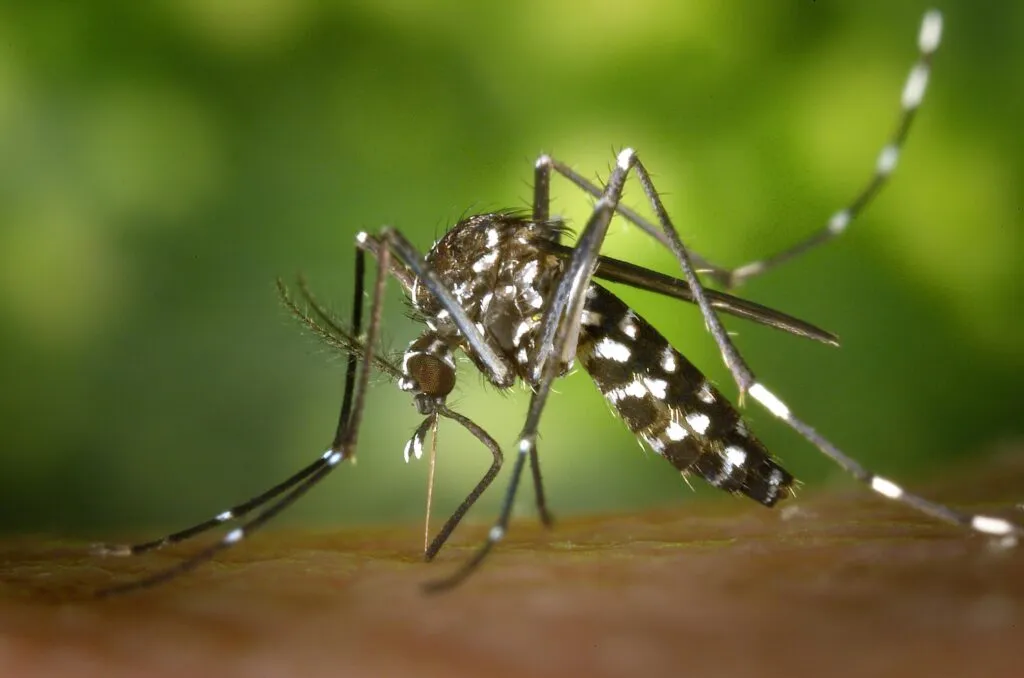Did you know that nearly half a million Americans may experience Lyme disease every year? The diagnosis of Lyme Disease is sometimes delayed because the symptoms are often indistinct and can mimic the signs of other medical conditions. Currently, diagnostic tests sometimes fail to detect the disease in the first few weeks of infection because the body has not yet produced enough antibodies to trigger a positive result. Yet it is in these early stages that the infection is most treatable. The longer it goes undiagnosed, the more likely you are to suffer severe health effects. As a result, Lyme is often referred to as a hidden epidemic.
Lyme is the most common illness caused by tick bites. Not all ticks carry the bacteria responsible for Lyme disease, but when infections do occur, initial symptoms may include headache, fever, tiredness, and ins some cases a skin rash known as erythema migrans. If not treated, the infection can progress to affect the heart, nervous system and joints. At these later stages, a person can suffer severe symptoms such as:
- Intense headaches and neck stiffness
- Rashes throughout the the body
- Heart palpitations or an irregular heart beat
- Loss of muscle tone or drooping of the face
- Severe arthritis
- Dizziness or shortness of breath
- Inflammation of the brain and spinal cord
- On and off pain in muscles, tendons, bones and joint
- Shooting pains, numbness, or tingling in the hands or feet
- Nerve pain
Lyme disease cases have steadily risen in recent years due to changing climates. As winters becomes milder and rain patterns change, ticks are staying active throughout more of the year. From 2011 to 2019, lyme disease cases increased by 44%.
Because ticks and the diseases they carry can be hard to detect, prevention really is the best medicine. There are a number of safety measures you and you family can take. While outdoors, you can
- Wear a hat
- Spray your clothing with 0.5% permethrin, tick-killing insecticide
- Wear long pants and a long-sleeved shirt when weather allows
- Avoid tall grass and stay in the middle of trails
After spending time outside, you can:
- Take a shower or bath within two hours
- Do a full body check on yourself and your family or friends.
- Shake out your clothing outside
- Have a friend or family member check areas that are difficult for you to see, like your back and the back of your scalp
For more information, see: Johns Hopkins Bloomberg School of Public Health, LymeDisease.org


